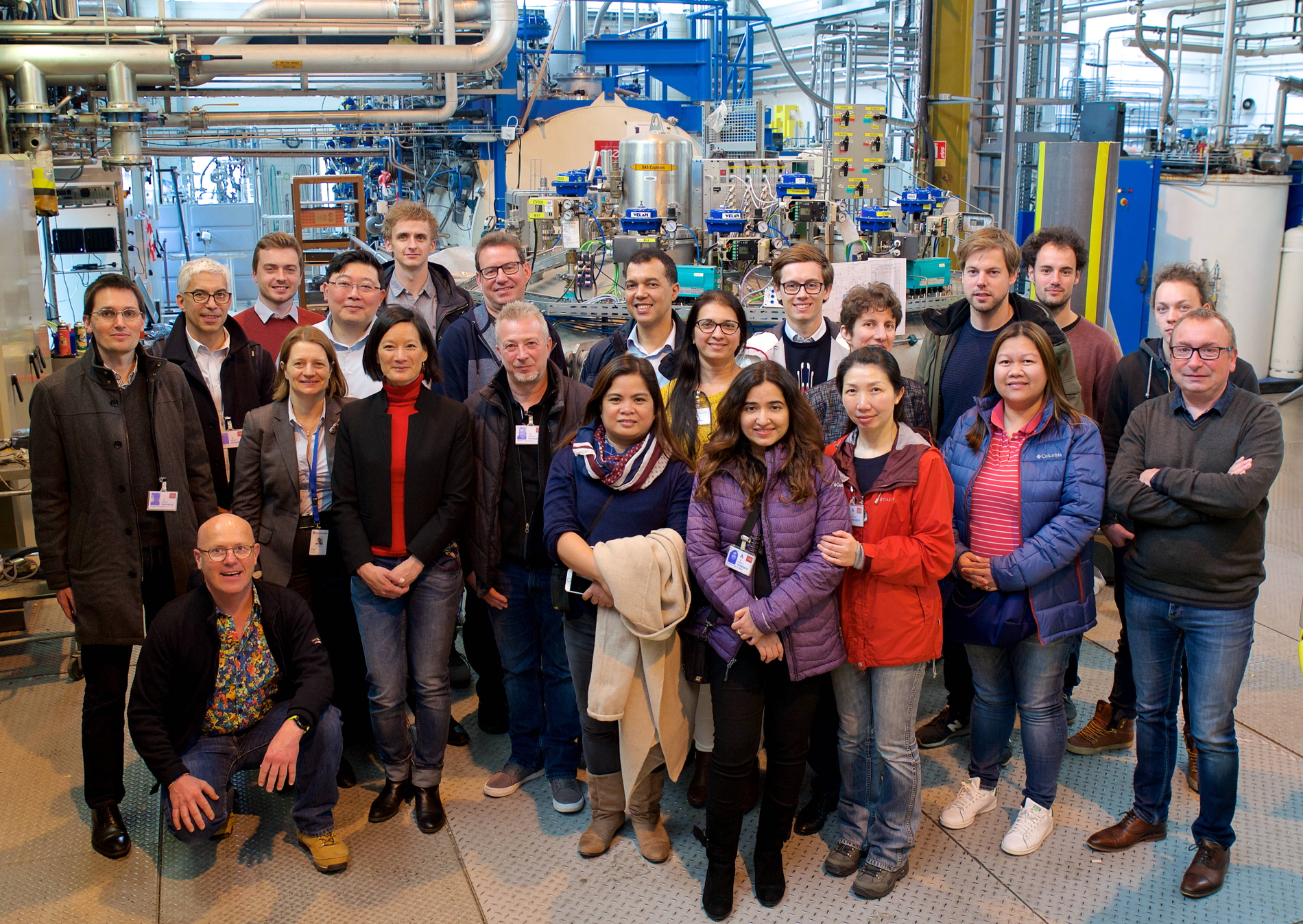Helium 4, mainly obtained from natural gas fields, and helium 3, produced by the radioactive decay of tritium, are two gases commonly used in IRIG's Department of Low Temperature Systems (D-SBT) to obtain very low temperatures -helium 3 being the last gas to liquefy at around - 270°C. Beyond D-SBT, liquid helium 4 is used by a multitude of laboratories on the Grenoble’s scientific polygon as well as by hospitals (NMR). D-SBT is thus able to produce 200,000 liters of liquid helium per year, which, combined with the capacities of the Institut Néel's liquefiers, make it possible to ensure this supply. Helium is a scarce resource that must be preserved and most of the experimental facilities on the scientific polygon are connected to a recovery network: the helium gas from the evaporation of the liquid is then compressed and stored under pressure before being liquefied again.

The helium sourcing and industrial directors, logistic coordinators, supply chain managers and maintenance technicians coming from France, the United Arab Emirates, China, the United States and the Netherlands during the visit on April 16, 2019, in front of HELIOS and the D-SBT helium liquefiers.
©2019 IRIG/D-SBT
During the visit of the Air Liquide's Rare Gas and Helium Division on April 16, 2019, (photography), the various managers of the D-SBT laboratories had the opportunity to focus on the liquefaction of helium and the wide variety of its applications in science and more particularly those at D-SBT. The technologies developed were thus exposed. Visitors were delighted to learn more about the use of helium (3 or 4) in cryo-refrigerators, to discover why cryogenics is necessary in space and how cooling is produced using technologies developed at D-SBT, such as pulse tubes, sorption coolers and adiabatic demagnetization refrigeration.
The delegation was presented with the use of superfluid 1.8 K helium to study the vortices generated by the turbines of the Von Karman SHREK experiment installed in the multi-test cryostat of the 400W@1.8K station. In the same cryostat, the HELIOS experiment related to the ITER fusion reactor was also explained.
This visit was an opportunity to strengthen the partnership between Air Liquide and D-SBT in the context of projects in the sectors of space and large refrigeration. Since October 2018, these two partners have been indeed collaborating on technological developments within the framework of the Joint Laboratory between Air Liquide Advanced Technologies and the CEA.
SHREK: Superfluid Helium high REynolds number von Kármán flow.
HELIOS (HElium Loop for hIgh lOads Smoothing) is a supercritical helium loop developed to study the smoothing of variable thermal loads received by the cryogenic systems of future Japanese and ITER fusion reactors. HELIOS currently allows the characterization of the thermal coupling of samples of ITER superconducting magnets cooled by forced convection of supercritical Helium at 4.4 K and a pressure of 5 bar.